What constitutes ‘progressiveness’ in architecture and design? For Luke Yeung of Thai studio Architectkidd, transcending conventional categorisations and methods is key.

Megapark (Bangkok) by Architectkidd. Photo by Panoramic Studio
January 29th, 2020
Luke Yeung (LK): ‘Progressive’ means breaking through stereotypes and conventional ways of doing things. We tend to define design as a set of dichotomies, whether it’s globalised versus local, modern versus traditional, or high technology versus low. In Asian regions, I think it is interesting to be able to bridge these dichotomies and to develop new hybrids and sensibilities – design languages that are thoroughly contemporary but retain local texture. Being able to transcend stereotypes can be culturally and socially progressive.
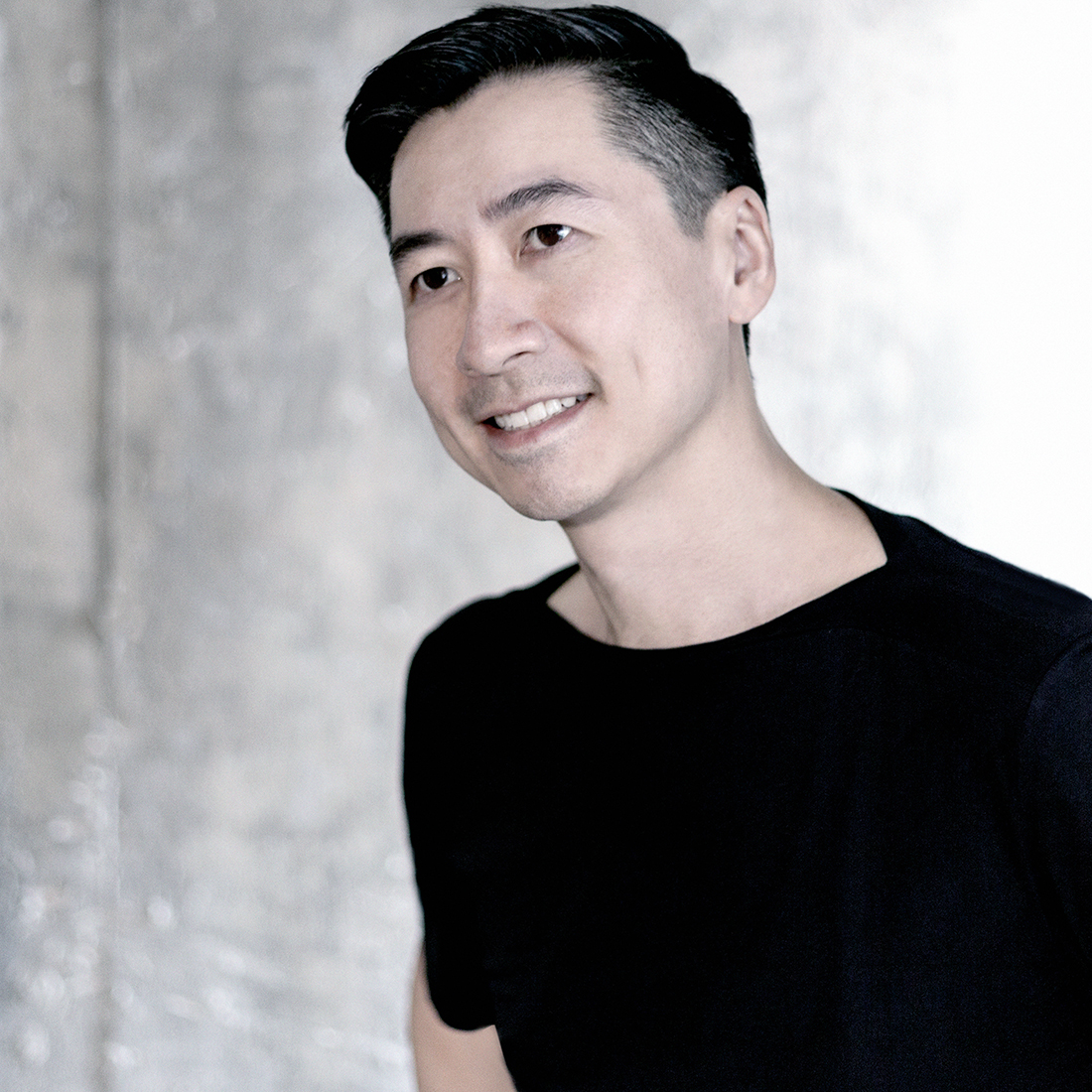
Luke Yeung
LK: The projects that stood out were the ones that were able to push beyond traditional or fixed boundaries. More than ever, programs are changing due to different lifestyles and technology, so I was interested to see new ways of adaptation and flexibility built into projects.
Particularly in Asia, significant changes to a design can often happen right after the construction finishes, so I think some of the most interesting projects were the ones that weren’t just about creating beautiful objects, but rather possessing creative ways to adapt and anticipate situations.

Megapark (Bangkok) by Architectkidd. Photo by Ketsiree Wongwan
In the past, the focus has been on the biggest building projects that grab attention with flashy gestures, but I think in the Asian region now we are seeing more efforts that focus on finer-grain issues of materiality, construction and local context. I think we need to be more sensitive as designers.
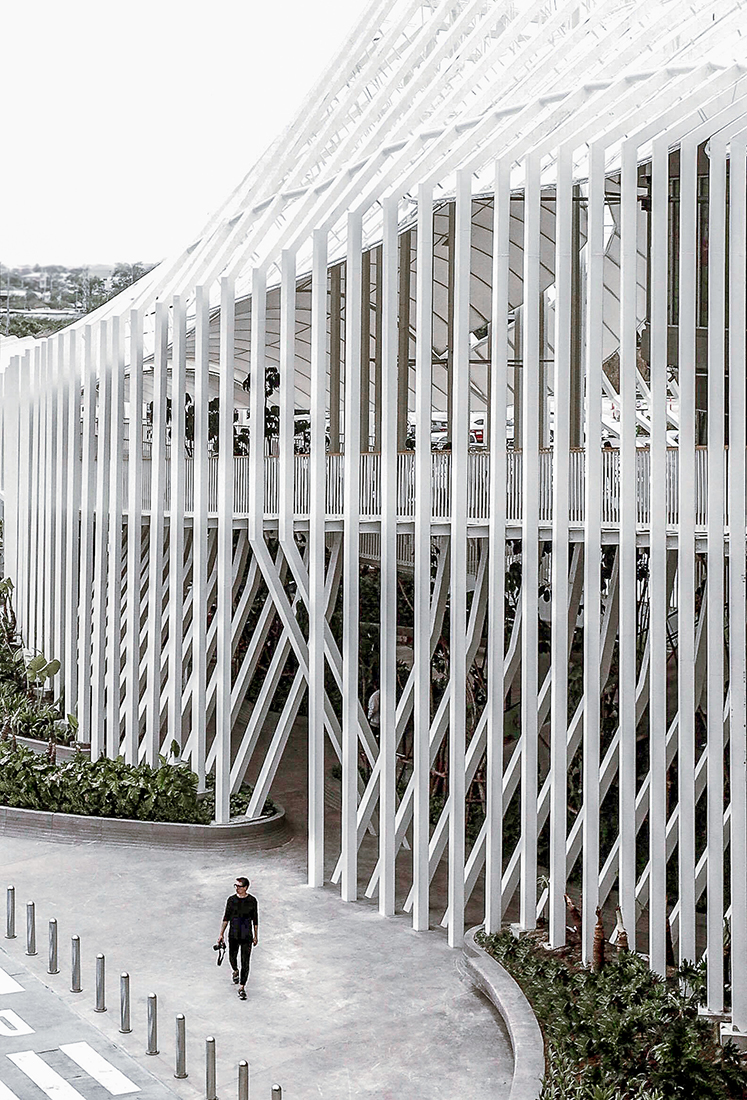
Megapark (Bangkok) by Architectkidd. Photo by Ketsiree Wongwan
I think materials can be a kind of an equaliser to bridge the gap between the high and low. The choice of materials can be one of the few things that designers can mostly control in a project. So for us, we are very interested in the materials and resources that are available within each project.
We love to be hands-on with our work and are interested in the local approaches, such as craft traditions like weaving and wood working techniques. In many Asian cities, there is an existing material culture found on the streets – a kind of make-it-from scratch way of thinking and doing things. It’s imperfect at times, but we think it’s interesting to design from this.
It also creates a dialogue with the producers and if they are receptive, they will benefit also in their development. Exploring new materials can also be a way to keep costs down while applying them in unexpected ways.
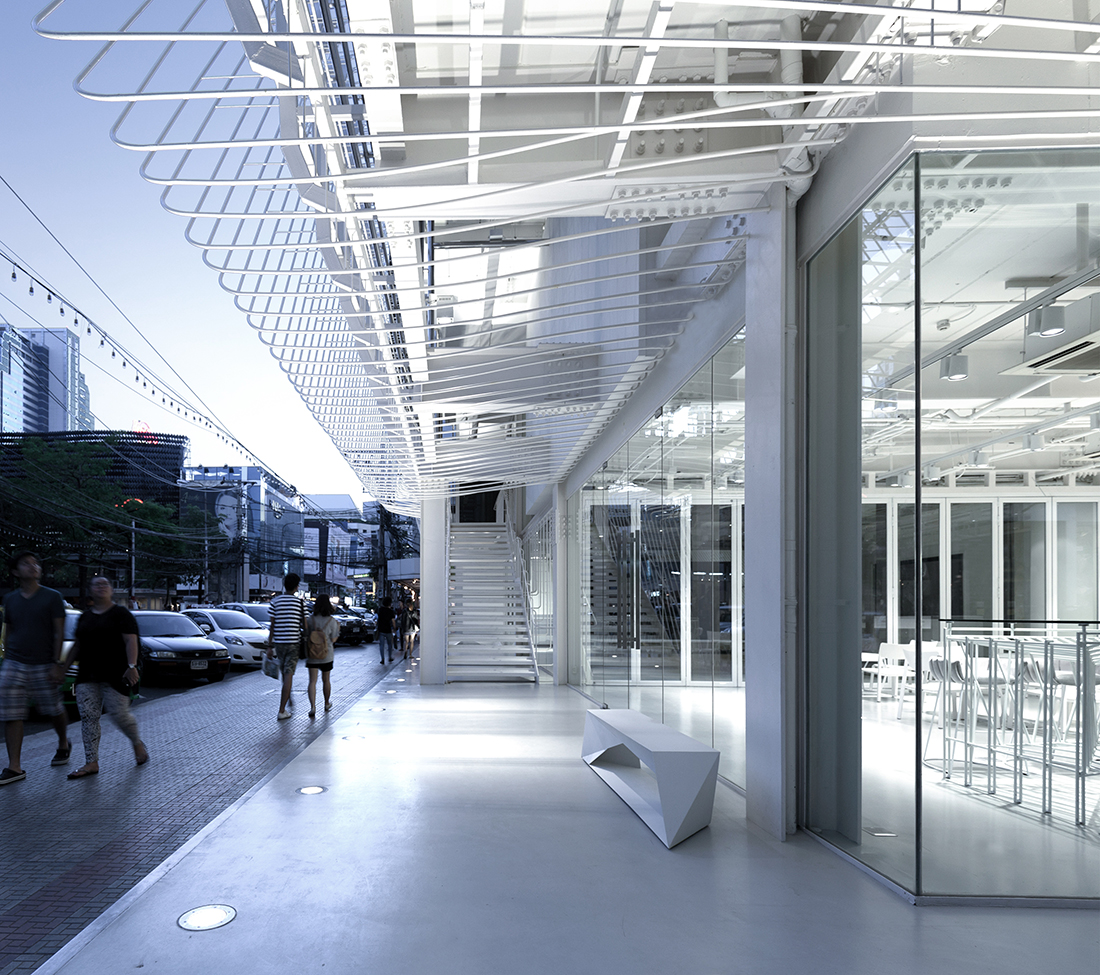
Now26 (Bangkok) by Architectkidd. Photo by Luke Yeung
I think one way to adapt to risk and corporatisation is to develop a different way to look at things. For example, I really believe that we need to look at material efficiency and construction efficiency in different ways. Building faster, cheaper or with less material isn’t going to get us anywhere in terms of developing new ideas. So I would like us to think about construction in a different way.
Maybe it’s possible to use a lot of materials, but still be efficient at the same time. Maybe we can question the idea of why, as architects, we typically have to design everything first, and then wait for the contractor to come on board, often with a completely different take on the building project.
Perhaps the contractor may have a completely different way of building that could improve the final outcome. Maybe we can question the conventional wisdom that separates the way we operate in the profession in terms of the division of labour.
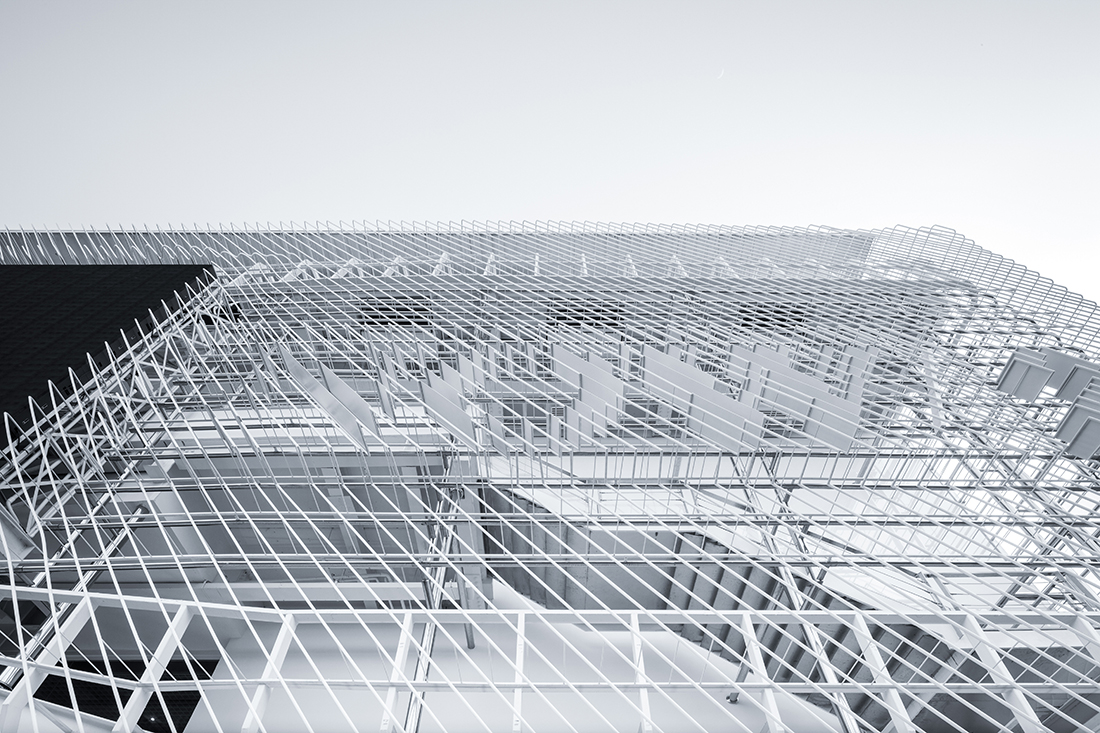
Now26 (Bangkok) by Architectkidd. Photo by Spaceshift Studio
I think as a designer, you need to be a little subversive. Creating big and bold statements rarely works these days. So maybe as designers we need to expand our ways to implement our visions – and that can range from the pre-mediated to the serendipitous.
In the design stage, this can be about opening up ideas and creating more opportunities, or showing clients new possibilities or combinations. Many things can happen on site and during construction also – even something seemingly minute can completely change or compromise the overall design.
So, I think we can try to be more observant and agile towards a wider range [of things] from the structured and systematic down to the accidental, because they all have the potential to influence design outcomes and create new physical and spatial experiences.
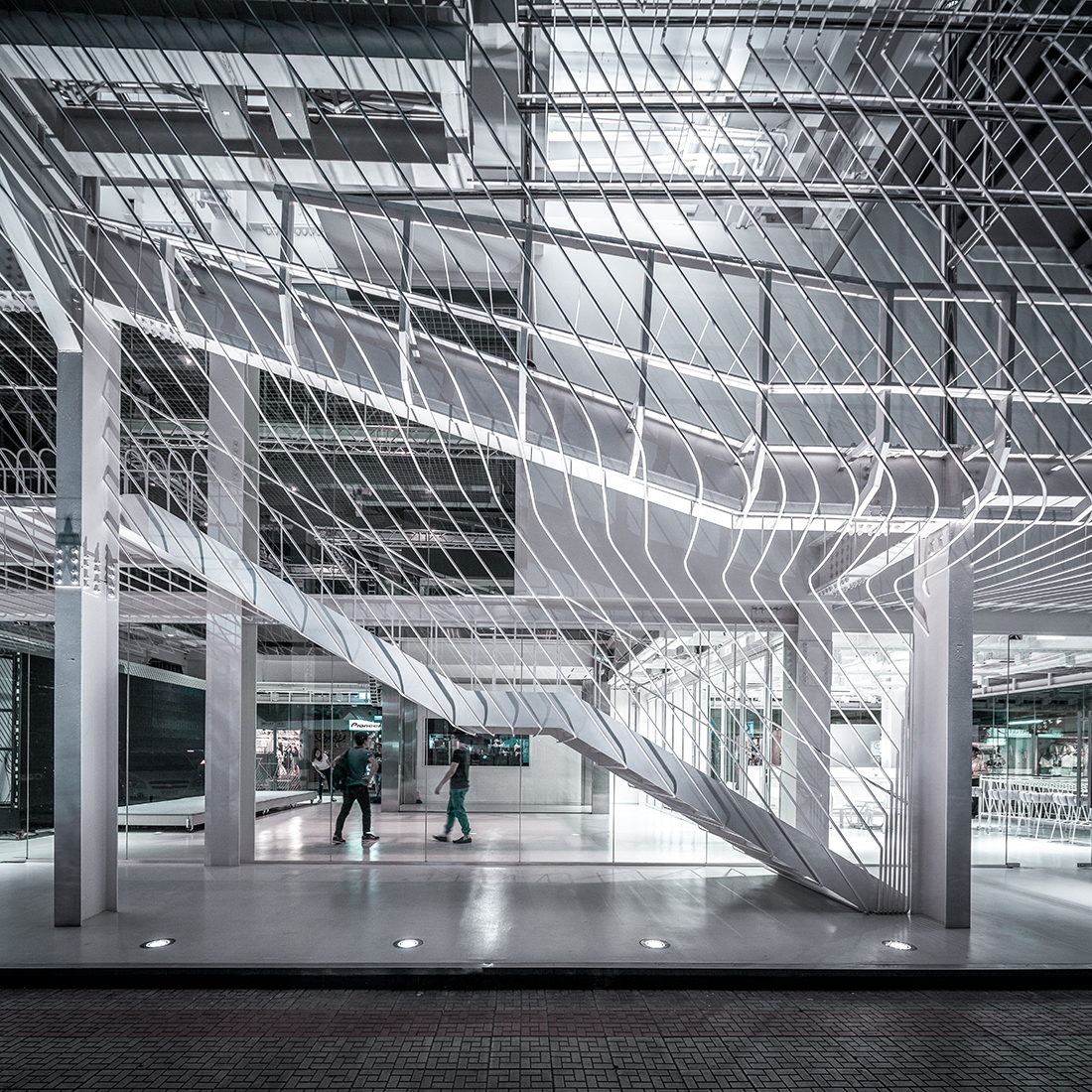
Now26 (Bangkok) by Architectkidd. Photo by Spaceshift Studio
INDESIGN is on instagram
Follow @indesignlive
A searchable and comprehensive guide for specifying leading products and their suppliers
Keep up to date with the latest and greatest from our industry BFF's!

For Aidan Mawhinney, the secret ingredient to Living Edge’s success “comes down to people, product and place.” As the brand celebrates a significant 25-year milestone, it’s that commitment to authentic, sustainable design – and the people behind it all – that continues to anchor its legacy.
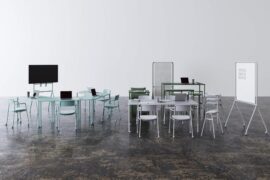
Welcomed to the Australian design scene in 2024, Kokuyo is set to redefine collaboration, bringing its unique blend of colour and function to individuals and corporations, designed to be used Any Way!
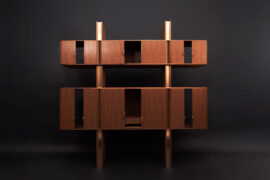
Adam Markowitz Design, in collaboration with Simeon Dux, has been awarded The Object at the INDE.Awards 2025. Their winning project, A Cabinet of Curiosities, is a masterwork of craftsmanship and adaptability; a poetic response to shifting domestic and professional life in the post-COVID era.
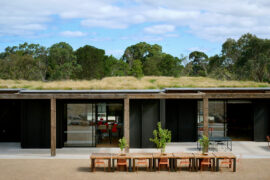
McIldowie Partners, in association with Joost Bakker, has been awarded The Learning Space at the INDE.Awards 2025. Their project, Woodleigh Regenerative Futures Studio, redefines the educational environment as a living ecosystem that nurtures sustainability, innovation, and community.
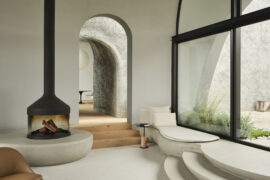
Leeton Pointon Architects and Allison Pye Interiors have been awarded as the winner of The Living Space at the INDE.Awards 2025 for their exceptional project House on a Hill. A refined and resilient multigenerational home, it exemplifies the balance of architecture, interior design and landscape in creating spaces of sanctuary and connection.
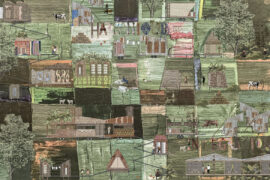
Annabelle Smith has been named winner of The Graduate at the INDE.Awards 2025, in partnership with Colorbond. Her visionary project reimagines housing in Aotearoa, proposing a modular and culturally responsive model uniting people, architecture and nature.
The internet never sleeps! Here's the stuff you might have missed
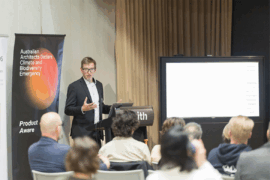
In a landscape clouded by data and greenwash, Product Aware offers architects and designers a common language for sustainability. Embraced by suppliers – including Milliken – it is setting a new benchmark for trust and bringing clarity and accountability to material specification.
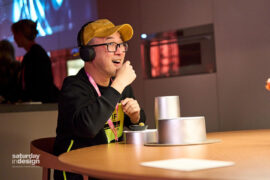
Responding to the theme of ‘Resonance – Evoking emotion through physical design,’ V-ZUG and the Whitehouse Institute of Design are the 2025 Saturday Indesign Project winners.